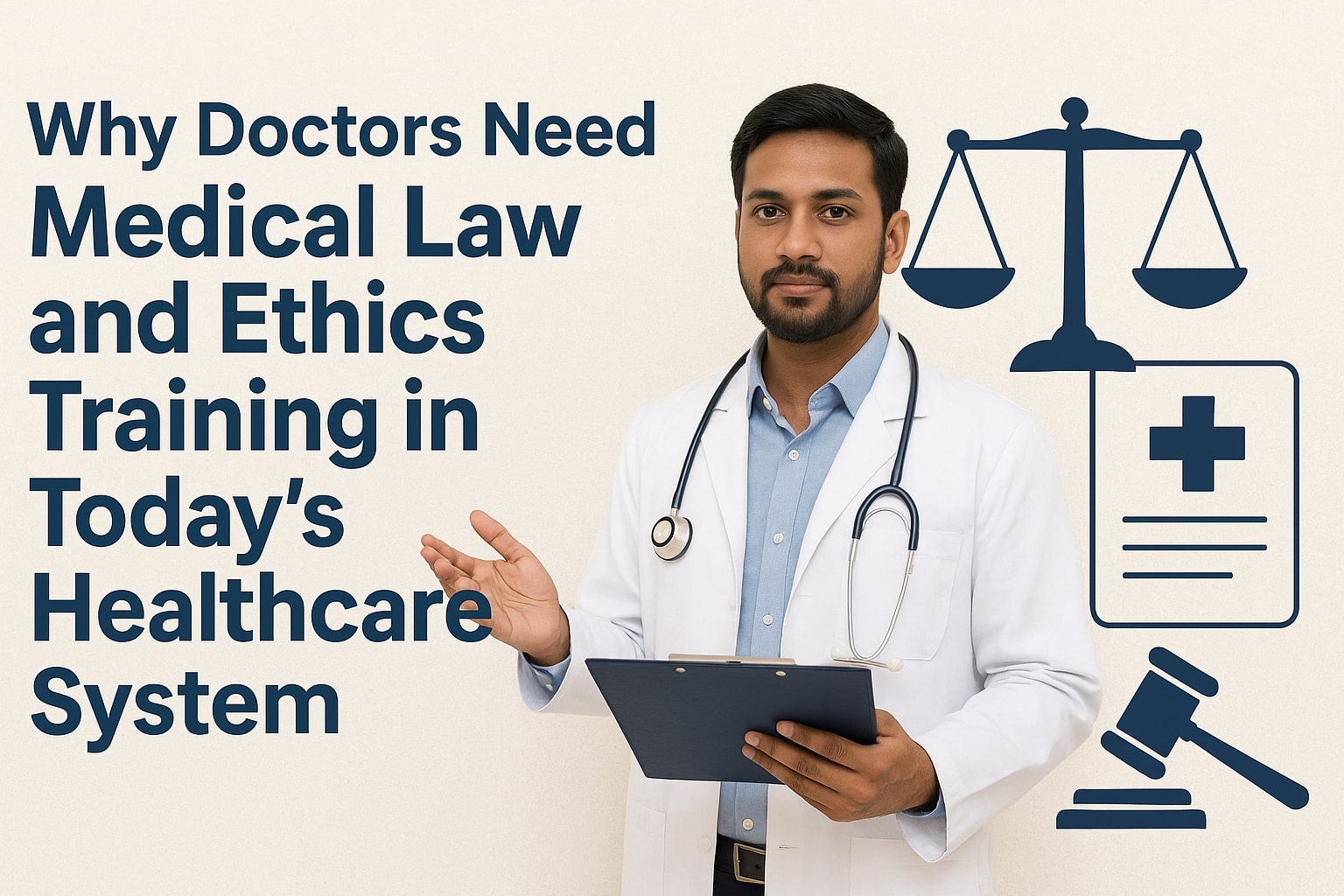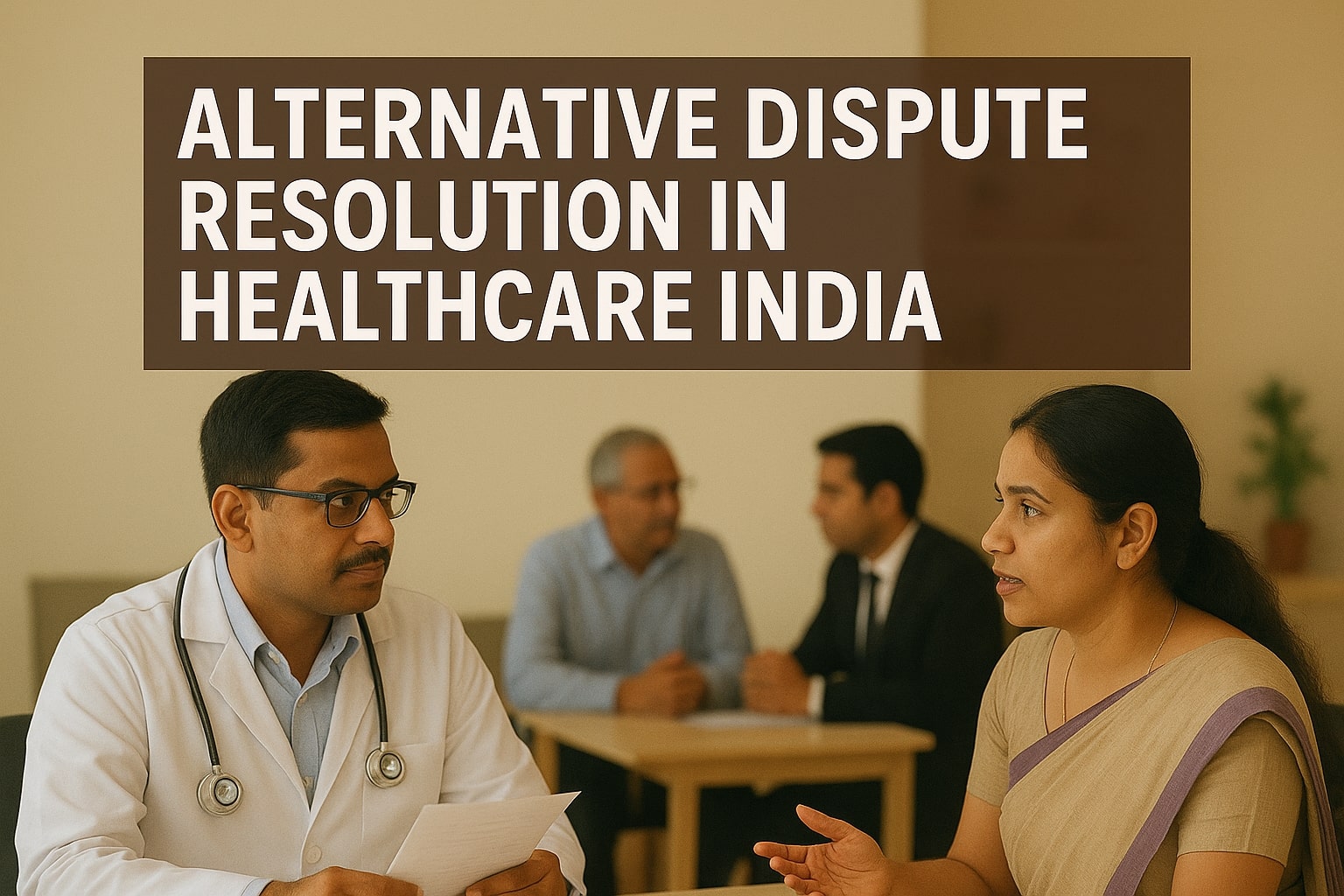In 2023, U.S. adults experienced around 525,000 more deaths than would have occurred if pre-2010 mortality trends had continued. Notably, over 90% of these excess deaths were among individuals without a bachelor’s degree and were primarily due to cardiovascular diseases—highlighting the impact of educational attainment on health outcomes.
A collaborative study by Boston University School of Public Health (BUSPH), the University of Helsinki, and the University of Minnesota notes that cardiometabolic illnesses—such as heart disease and type 2 diabetes—have driven worsening mortality in the U.S. over the past decade and a half. Adults without a bachelor’s degree have been disproportionately affected, with 481,211 of the 564,855 excess deaths in 2023 occurring in this group. That represents a staggering 26% mortality increase versus only 8% among those with a BA, based on earlier trends from 2006–2010. These findings were published in JAMA Health Forum.
Although the COVID-19 pandemic triggered a sharp rise in excess deaths into 2021, the study confirms that mortality rates had already been drifting upward prior to 2020—and even as COVID-19-related deaths declined in 2023, the overall excess mortality remained alarmingly high. This points to deeper, systemic causes tied to education, such as rural living, poor nutrition access, unstable work, and reduced opportunity for healthy habits.
Circulatory diseases also contributed to excess deaths among college graduates, but to a lesser extent. Boston University’s Dr. Donald Lloyd-Jones, referencing longstanding research, underscores that social determinants like education significantly shape risks for heart disease.
Other key findings include:
-
Drug overdoses continue to disproportionately affect less educated men—reflecting the persistent “deaths of despair” crisis.
-
Diabetes remains a major driver of excess mortality among individuals without a BA.
-
For college-educated women, 2023 saw declines in cancer and accidental death rates—suggesting unequal health gains across groups.
As University of Minnesota’s Dr. Elizabeth Wrigley-Field observes, “If we had simply maintained progress from 20 years ago…almost 92 percent of them didn’t have a college degree.” The dispersed causes—from cardiovascular disease to overdoses—underscore a fundamental inequality in who benefits from public health advances.
The study urges action on the “causes of causes” of health inequity—namely, the structural role of education, workplace conditions, and living environments—in order to reverse this troubling mortality trend.








